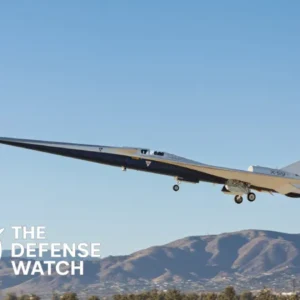On 28 October 2025, X‑59 — an experimental supersonic aircraft developed by NASA in partnership with Lockheed Martin (Lockheed Martin) — accomplished its first test flight, lifting off from the Skunk Works facility at U.S. Air Force Plant 42 in Palmdale, California, and landing safely near the Armstrong Flight Research Center at Edwards Air Force Base. The aircraft, built to demonstrate a quieter form of supersonic travel, moved into the airborne phase of its test Program.
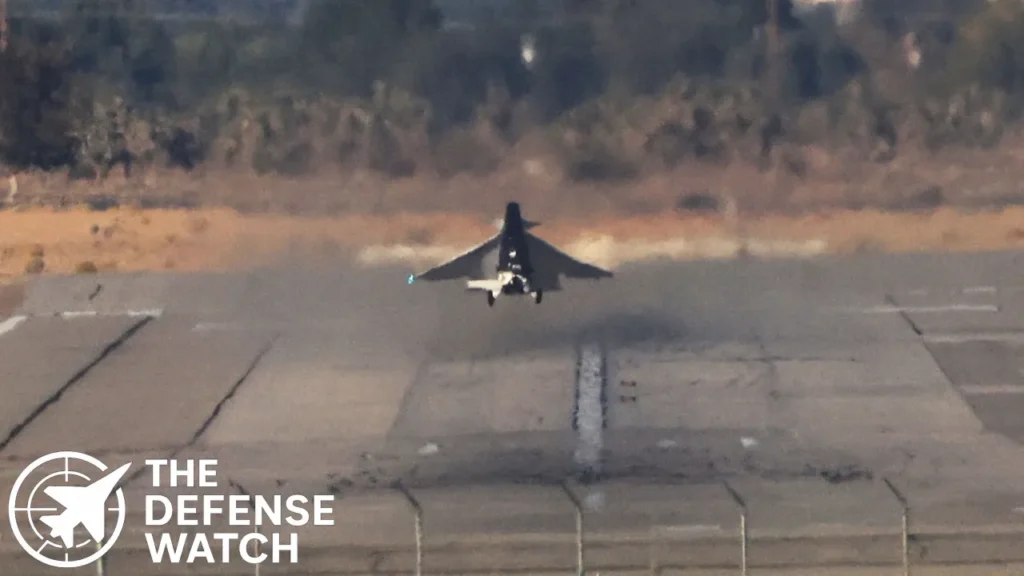
Background: Quiet Supersonic Flight and the X-59 Programme
Supersonic flight over land has long been restricted because of the disruptive sonic booms generated when aircraft break the sound barrier. The X-59 is the centerpiece of NASA’s Quiet Supersonic Technology (QueSST) mission, which was formally announced in 2024 with the objective of proving that an aircraft can fly faster than sound while producing a low-decibel “thump” instead of the traditional boom. Built by Lockheed Martin’s Skunk Works in Palmdale, the aircraft incorporates a distinctive elongated nose, canard surfaces and a specially configured intake and engine installation in order to reshape the shock-waves and reduce noise impact. Planned performance metrics include cruising at around Mach 1.4 (approximately 1,490 km/h) at an altitude of around 55,000 ft.
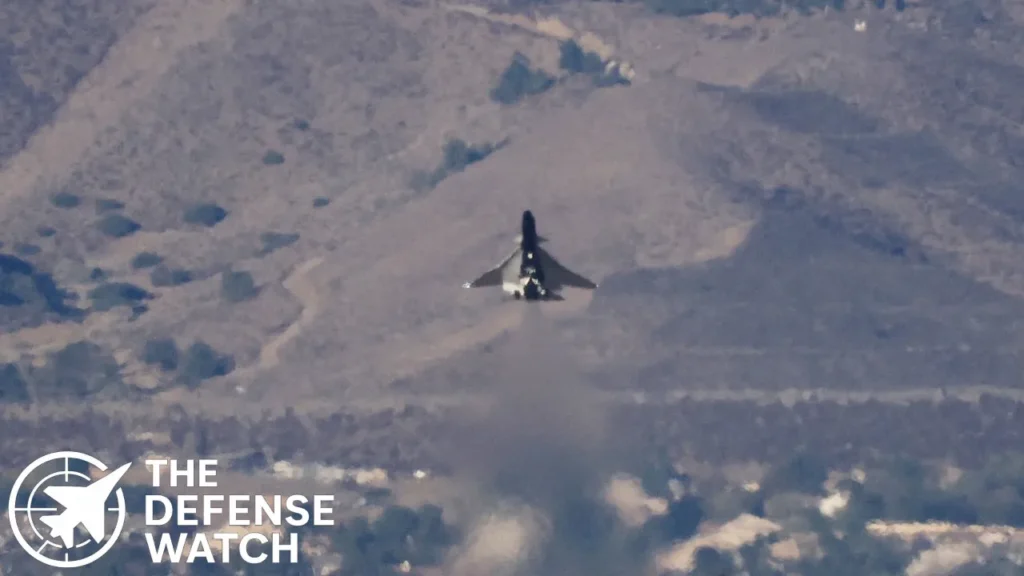
Details of the First Flight
The maiden sortie of the X-59 began from Plant 42 in Palmdale, California, and proceeded toward a landing near NASA’s Armstrong Flight Research Center at Edwards Air Force Base. According to press releases, Lockheed Martin noted the aircraft “performed exactly as planned, verifying initial flying qualities and air-data performance.” The flight was a conservative envelope check: sub-sonic speed, moderate altitude — designed to validate system integration, handling qualities and readiness for more advanced tests. During the sortie it reportedly reached about 230 mph (370 km/h) at roughly 12,000 ft altitude, with the focus on safe climb, controllability and landing rather than high-speed performance. NASA’s lead test pilot, Nils Larson, was at the controls for the flight. Lockheed Martin’s Skunk Works vice-president and general manager, OJ Sanchez, said the milestone “is a testament to the innovation and expertise of our joint team.”

The aircraft is approximately 100 feet long (just under 30 m) and built as a one-off demonstrator to test low-boom supersonic technology. The X-59’s work will include later flights at higher altitudes, supersonic speed, and over-flight of communities and measurement sensors to gather data on sound signatures and public acceptability.
- Maximum Speed: Mach 1.4 (1,490 km/h)
- Range: ~1,000 miles (1,600 km)
- Payload Capacity: N/A (Experimental aircraft)
- Crew: 1
-
Technical and Program Significance
The X-59 Program addresses one of the major barriers to supersonic commercial flight: noise over populated areas. By reshaping shock-waves via fuselage design and overall aerodynamics, NASA and Lockheed Martin aim to demonstrate that an aircraft can operate at supersonic speeds over land without causing standard sonic-boom levels. The novel design includes features such as a long slender nose, canards, and a top-mounted intake that help manage airflow and reduce the ground-perceived sound. At full performance the aircraft is projected to cruise at around Mach 1.4 at 55,000 ft — more than double typical commercial airliner altitudes and nearly twice their speed.

The aircraft moves the test programme from ground taxi and simulation tests into full-flight mode. Ground testing included engine runs, taxi tests and simulated flight systems, which concluded ahead of the maiden flight. With the first flight completed, the next phases will explore higher altitudes, speed increments, and noise measurement in real-world conditions. This demonstration is intended to provide the data needed by regulators such as the Federal Aviation Administration (FAA) to consider new certification criteria for supersonic commercial flight over land.
Expert / Policy Perspective
From a technical-policy vantage point, the X-59 flight operation carries implications for both aerospace innovation and regulatory frameworks. Quiet supersonic travel has potential commercial, logistical and strategic significance: faster point-to-point travel, possible military applications, and a repositioning of supersonic capability into civil aerospace markets. By producing empirical data on noise levels, shock-wave behavior and aircraft performance, the Program seeks to inform policy changes that currently limit supersonic flight above land. As one specialist noted, “the data gathered from the X-59 flights will help the FAA and international regulators evaluate potential changes to existing rules that currently prohibit civilian supersonic flight over land.”
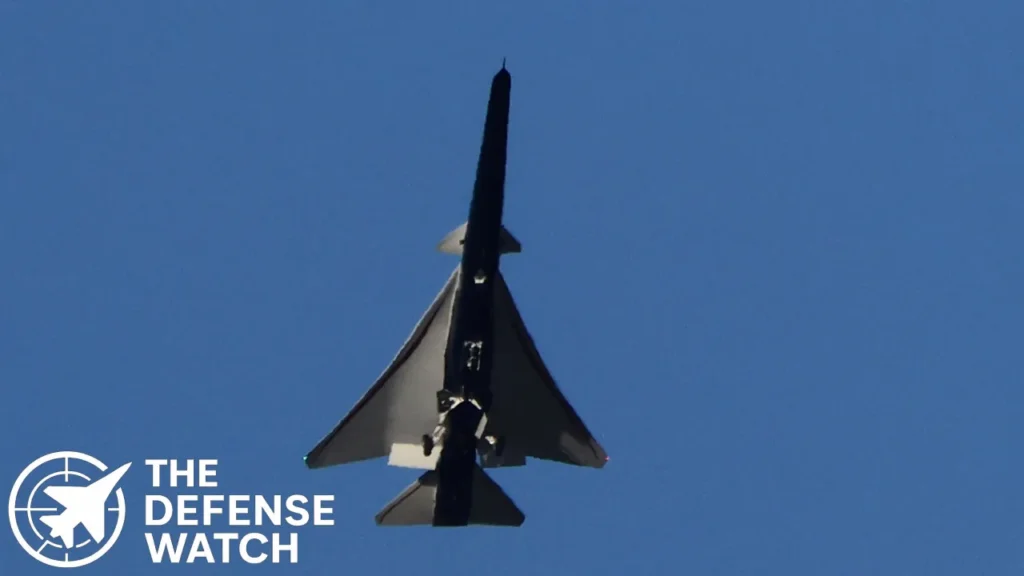
For the aerospace industry and defence-aerospace sectors, the achievement reinforces the role of experimental “X-plane” programmes as enablers of disruptive technology—whether for commercial aviation, military transport, rapid response or next-generation aircraft concepts. The partnership between NASA and Lockheed Martin Skunk Works underscores the collaboration between government research agencies and industry in bringing advanced aeronautics from concept to flight.
What’s Next / Impact
With the first flight successfully under its belt, the X-59 enters its primary flight-test campaign. Upcoming phases will raise altitude and speed, eventually targeting supersonic flight and over-flight of communities with sensor arrays to quantify the “sonic thump” signature. The data will feed into regulatory review, potential certification pathways and influence future commercial aircraft design. Moreover, if the Program meets its objectives, it could pave the way for a new generation of supersonic commercial aircraft capable of faster travel over land without the prohibitive noise impact that stalled previous efforts.
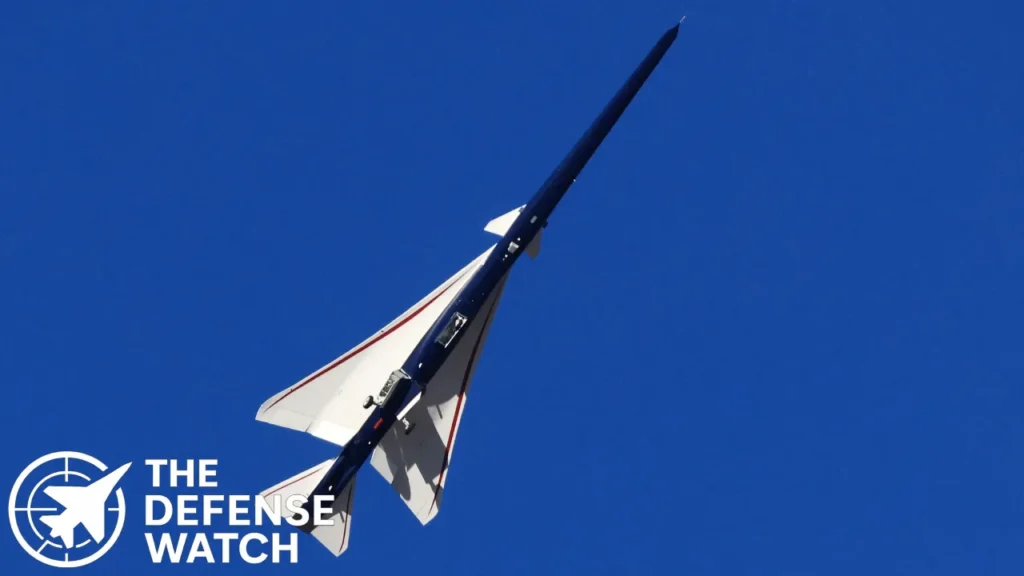
In terms of impact, the X-59 shows that supersonic transport may be closer to revival than previously assumed, opening possibilities for defence, cargo and passenger applications that leverage speed while being compatible with populated regions. For global aviation and aerospace strategy, this could shift competitive dynamics among aerospace manufacturers, regulatory bodies and national aeronautical agencies.


